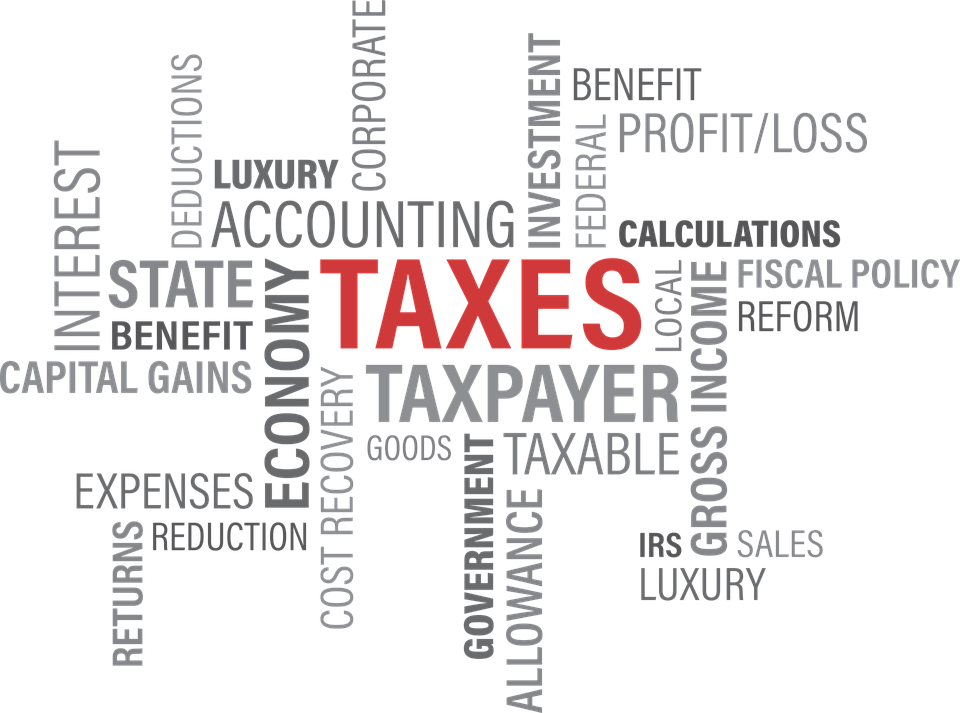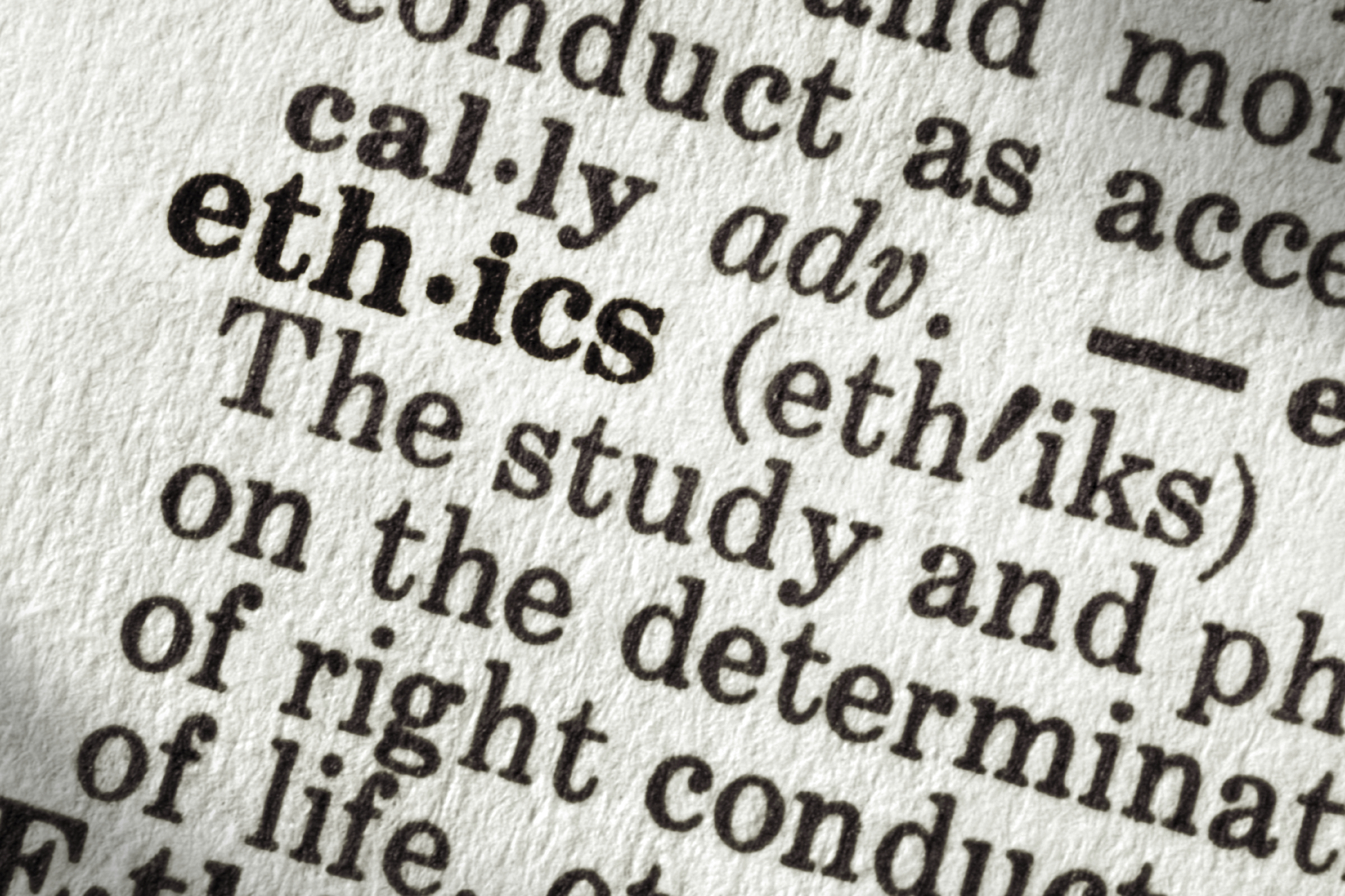While an economic downturn had long been anticipated, no one expected a pandemic would plunge the globe into economic chaos with such exacting scope and speed. When Congress passed the Coronavirus Aid, Relief, and Economic Security (CARES) Act in March 2020, tax became an integral part of business response and planning for relief. In fact, 99% of tax executives said they’ve been involved in their organization’s response to the economic slowdown caused by COVID-19, according to the BDO 2021 Tax Outlook Survey.
Although the impact of the pandemic was uneven across industries, liquidity and access to capital were universal keys to survival, and tax departments leveraged a variety of strategies aimed at preserving cash, from filing net operating loss (NOL) carrybacks to using tax filing extensions. Tax executives proved crucial to steering their organizations through the crisis; in fact, nearly half (49%) said they have seen the role of tax enhanced as a strategic partner in the last six months, and 97% said they “always” or “sometimes” are included in strategic planning and decision making, up from 89% in 2020.
“The tax function has always been a pivotal component to strategic decision making, but not everyone in the organization recognized that. Now they do,” said Matthew Becker, National Managing Partner of Tax. “The COVID-19 crisis accelerated the tax function’s path to being perceived as a true partner. Going forward, the tax department will be an essential advisor to the C-suite, whether decisions seem routine, like the tax implications of hiring a remote employee, or of greater magnitude, like mergers or acquisitions.”
Tax executives expect the effects of the pandemic will keep them busy in the coming year: 50% said their primary tax issue would be mapping the impact of COVID-19-related business strategies, followed by digital taxation at 17%.
The strategies they expect to employ in 2021 compared to those they used in 2020 serve to illustrate the evolution of the pandemic’s impact and the consequent adjustment in focus from immediate tax solutions, such as NOL carrybacks, to longer-term optimizations, such as supply chain shifts.
| TOP 5 TAX STRATEGIES | ||
| 2020 | 2021 | |
| #1 | R&D tax credit studies | TIE: Supply chain restructuring for more tax efficiency + Outsourcing of specialized tax work |
| #2 | TIE: NOL carrybacks/AMT refund credits + Reverse audits |
Challenges to assessed property tax values through appeals |
| #3 | Social Security tax payment deferrals | Relaxed tariff/duties payment extensions |
| #4 | TIE: Supply chain restructuring for more tax efficiency + Relaxed tariff/duties payment extensions |
R&D tax credit studies |
| #5 | Employee Retention Credit | Employee Retention Credit |
Corporate tax rate and total tax liability expected to increase
If 2020 was the year that put the tax function on the map, 2021 will be the year that pins it there. Tax executives see significant challenges on the horizon, including a potential corporate tax rate increase: 92% of tax executives said they believe the U.S. federal corporate tax rate will increase this year, and 35% said changes to the federal income tax rate was their primary tax policy priority.
| Top Tax Policy Priorities | |
| #1 | Changes to the federal income tax rate (35%) |
| #2 | International tax changes (GILTI, offshoring, etc.) (25%) |
| #3 | Payroll tax adjustments (24%) |
| #4 | Trade and tariffs (17%) |
“It remains to be seen how President Biden’s pledge to raise the corporate tax rate, among other tax-related statements, will take shape given the exigencies of the ongoing struggle to contain the spread of the coronavirus,” said Todd Simmens, National Managing Partner of Tax Risk Management. “That said, tax is on the federal agenda, and businesses should be scenario planning for changes coming down the pike potentially to the corporate tax rate, capital gains rate, individual income tax rates, and the estate and gift tax exemption amount.”
With a new presidential administration that narrowly holds both chambers of Congress and a growing international push to tax multinationals, tax authorities are expected to crack down, the results of which could be costly. Because of the pandemic, jurisdictions worldwide are facing diminished tax revenues in 2021 and will likely try to recoup them in the near term.
In fact, 73% of tax executives said their organizations’ total tax liability—the sum of all taxes owed at any given point in time—increased last year, and 70% said it will continue to increase in 2021. Respondents said the greatest contributor to that increase will be the taxation of digital products and services, as 79% of tax executives believe the Organisation of Economic Co-Operation and Development (OECD) will reach an agreement this year on a global taxation framework. Such an agreement would prompt a host of domestic tax law changes that could result in new and significant tax liabilities for many businesses.
| What will have the greatest impact on your total tax liability in 2021? | |
| #1 | The taxation of digital products and services |
| #2 | New tax policies resulting from the U.S. presidential election |
| #3 | Effects of a continued economic slowdown |
| #4 | International trade tensions and tariffs |
| #5 | Continued state and local nexus changes |
“Businesses may suddenly be responsible for paying taxes in many more countries than they were before,” said Monika Loving, Managing Partner and International Tax Services Practice Leader. “For businesses that sell digital products or services, shifting profit allocations away from the seller’s home country would be a change that has vast ripple effects, not unlike what we’ve experienced domestically following the South Dakota v. Wayfair decision.”
State and local tax to play key role in recouping revenue
Because of the U.S. Supreme Court’s 2018 decision in South Dakota v. Wayfair, most states shifted to an economic nexus standard—rather than a physical one—for sales and use taxes, allowing them to recoup revenues from online sales in their jurisdictions.
Looking ahead, it’s likely that many state governments will crack down on sellers’ noncompliance. Businesses selling online saw an explosion in their sales and use tax obligations because of the growth in e-commerce over the last year. Technologies that provide a comprehensive view of sales tax rates and obligations that update in real-time will be key to becoming and staying compliant, as well as minimizing liabilities where possible: 65% of tax executives upgraded their technology in 2020 and 51% plan to in 2021.
COVID-19 underscores the need for tax technology adoption
Tax technology is seen as key to managing the areas competing for tax executives’ attention: More than half (56%) of respondents said technology and process limitations had a major impact on their ability to keep pace with tax changes. Not surprisingly, nearly the same percentage said the pandemic accelerated digital transformation within their tax departments.
In 2021, tax executives plan to continue to invest in transforming their own technologies and processes in order to build more agility and resilience: their top area of investment in 2021 is identifying and implementing new technologies (51%) and their top mandate is transforming the tax function for greater efficiency and better insights (33%). While they may look to outside vendors for guidance, their goal is to build skills internally to execute on these efforts going forward.
Tax executives are no strangers to change, but 2020 threw momentum into overdrive. With more shifts on the horizon, 2021 is likely to feature more of the same. For tax executives, the spotlight on their ability to help make or break business strategy has never been brighter, and the tax department is poised to help their organizations take on what’s next.
Thanks for reading CPA Practice Advisor!
Subscribe Already registered? Log In
Need more information? Read the FAQs
Tags: Accounting, Sales Tax




